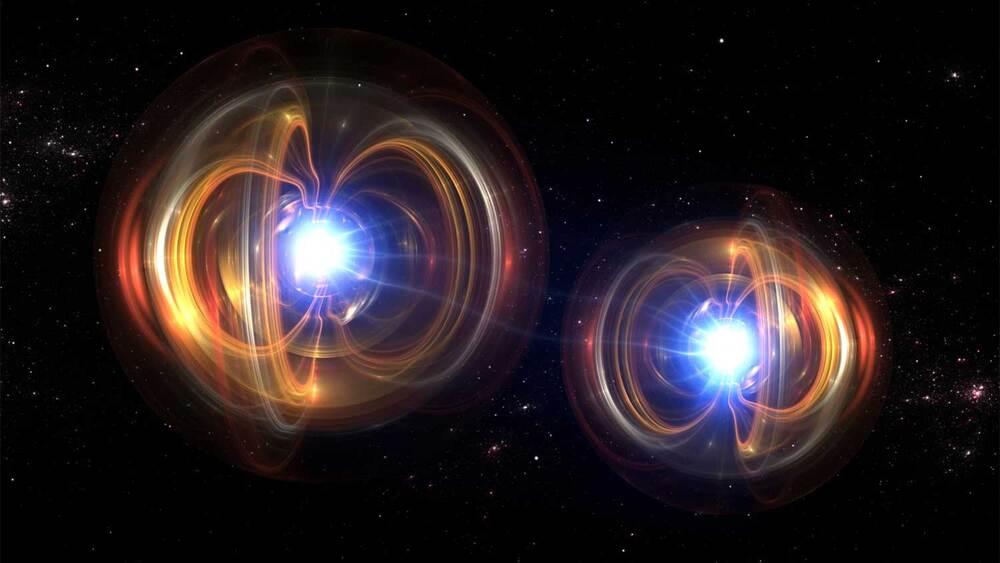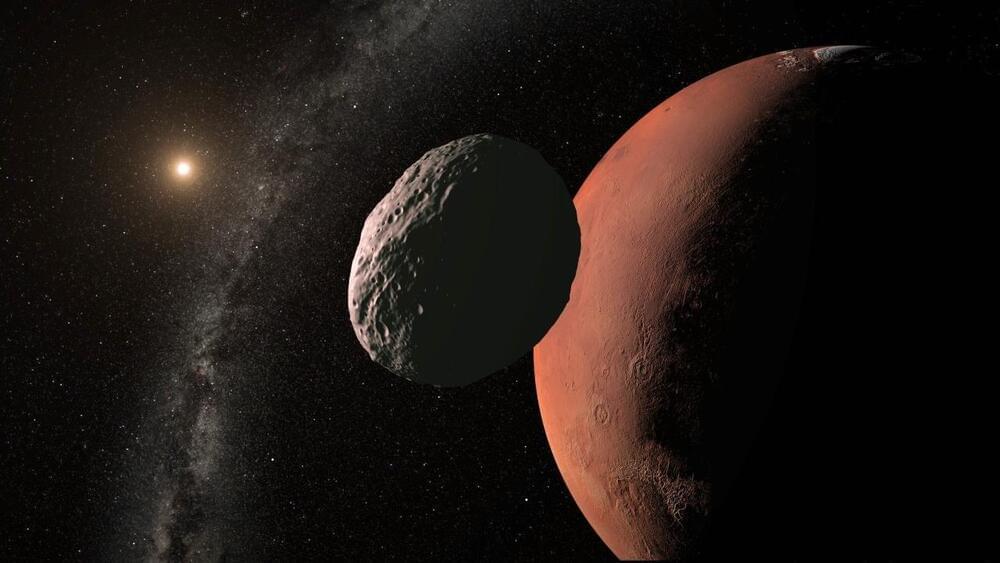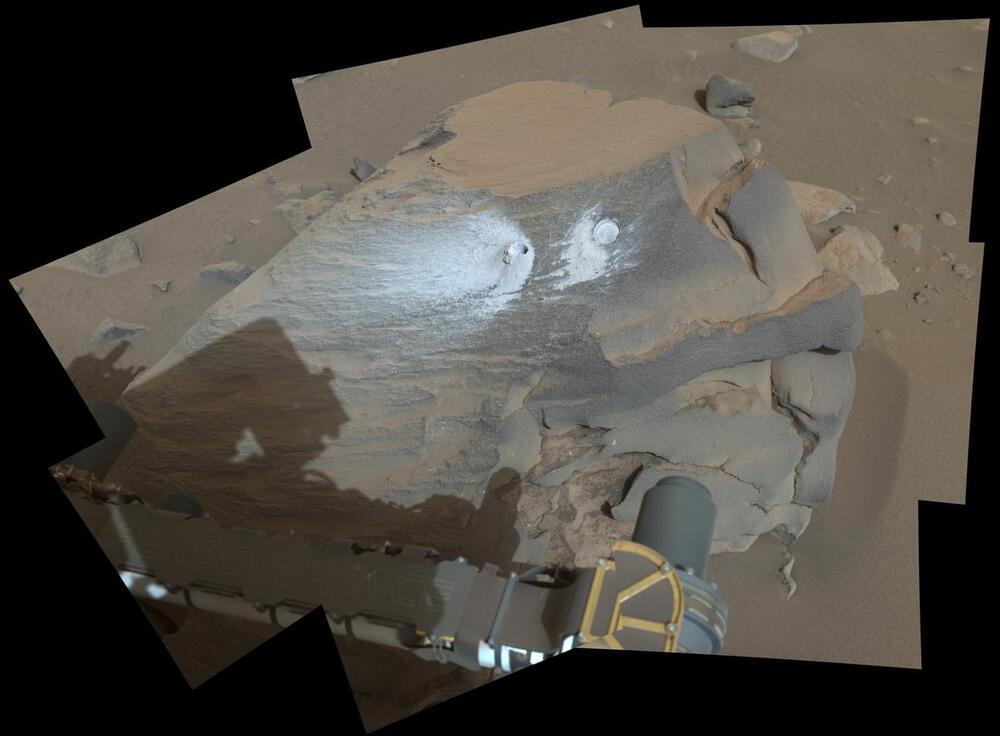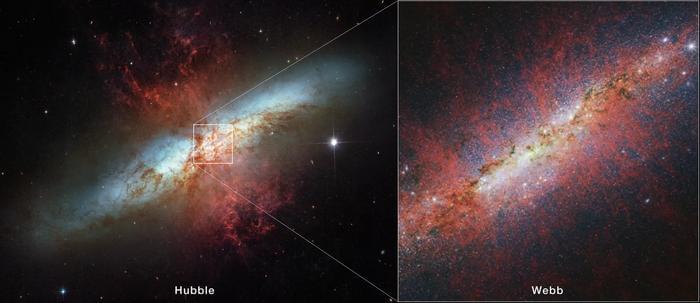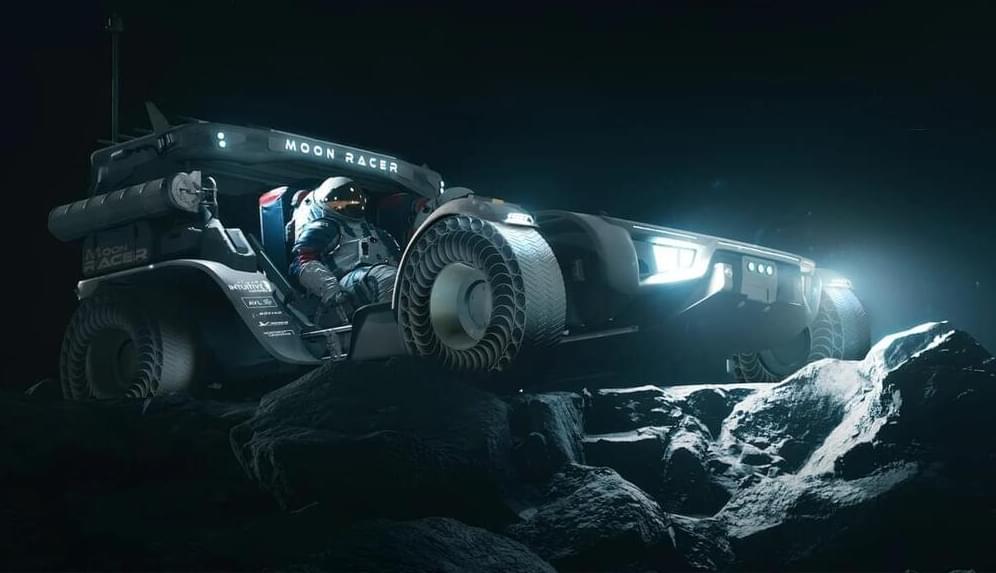A radio telescope observed complex activity in a magnetar 8,000 light-years from Earth:
A CSIRO team discovered a dormant star waking up with “unusual radio pulses” after being silent for years.
Most magnetars are known to emit polarized light, which oscillates in a certain direction. This magnetar generates light with circular polarization, creating a rapid spiral pattern as it travels across space.
“Unlike the radio signals we’ve seen from other magnetars, this one is emitting enormous amounts of rapidly changing circular polarization. We had never seen anything like this before,” said Marcus Lower, a postdoctoral fellow at CSIRO, Australia’s national science agency.

